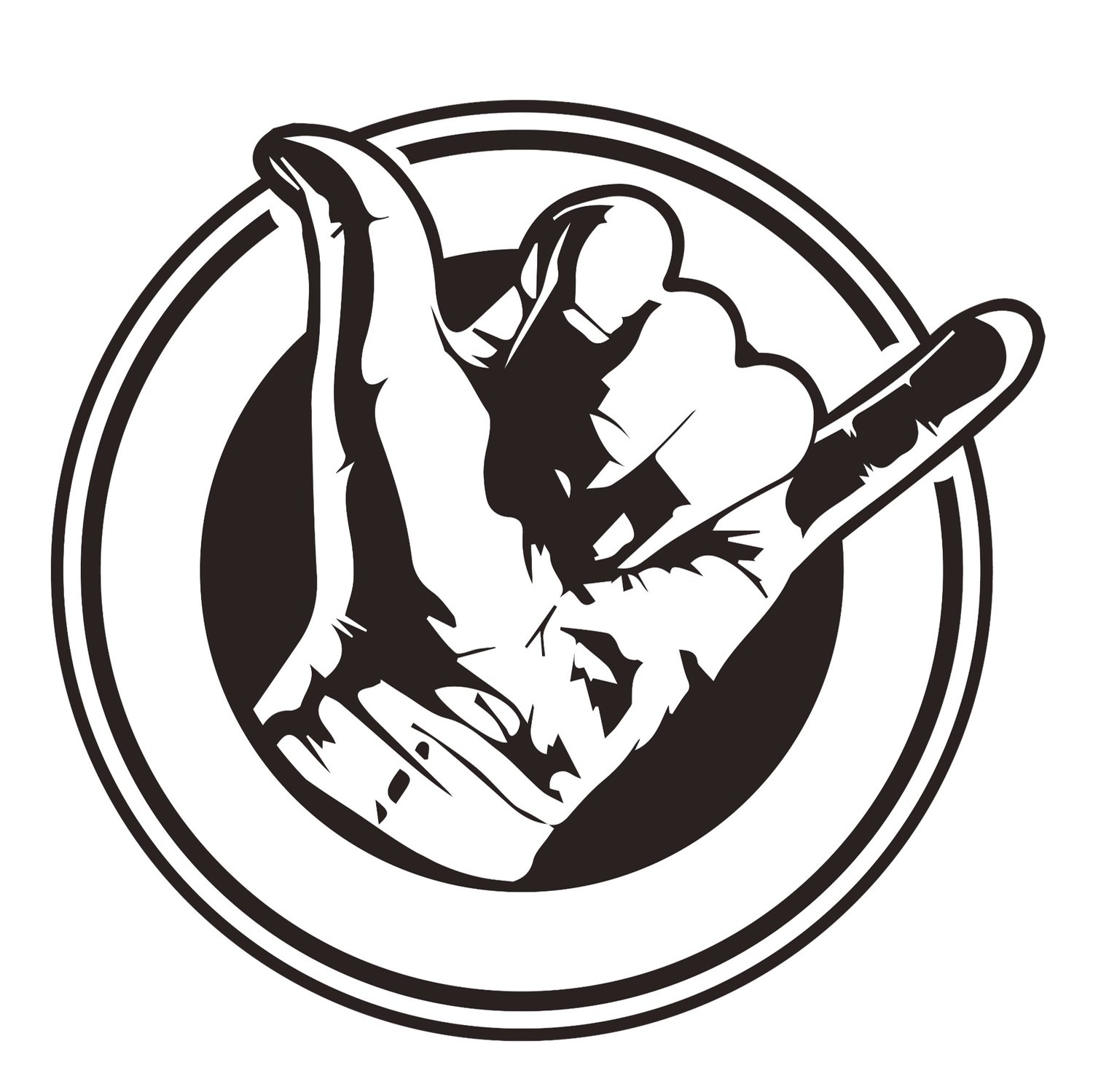Pricing Strategies to Consider for your New Product
Pricing a new product can be a puzzling task.
Consider the pricing strategies below to help determine your appropriate price point.
Pricing your product is a crucial aspect of your business strategy, as it directly impacts sales, profitability, and market positioning. Here are some steps to help you effectively price your product:
1. Understand Your Costs: Calculate all the costs involved in producing, marketing, and distributing your product. This includes direct costs (materials, labor) and indirect costs (overhead, marketing, packaging). Understanding your costs is the foundation of setting a profitable price.
2. Research the Market: Conduct market research to understand your target audience, competitors, and industry pricing trends. Analyze how similar products are priced, what value they offer, and what price points customers are willing to pay.
3. Determine Pricing Objectives: Set clear pricing objectives that align with your business goals. Are you aiming for maximum profitability, market penetration, or competitive pricing? Each objective will lead to a different pricing strategy.
4. Consider Value Proposition: Evaluate the unique value your product brings to customers. If your product offers exceptional features, quality, or solves a specific problem, you may justify a higher price compared to competitors.
5. Pricing Strategies:
- Cost-Plus Pricing: Add a markup to your production costs to determine the selling price. This straightforward approach ensures you cover costs but may not account for market demand or competitors' prices.
- Value-Based Pricing: Set prices based on the perceived value of your product to customers. This strategy allows you to charge more if customers believe your product delivers superior benefits.
- Competitive Pricing: Price your product in line with or slightly below competitors to attract price-sensitive customers.
- Skimming Pricing: Set a high initial price for a new product to target early adopters or customers willing to pay a premium for exclusivity.
- Penetration Pricing: Set a low initial price to gain market share quickly and attract price-sensitive customers.
6. Price Testing: Consider conducting price testing or using A/B testing to gauge customer response to different price points. This can help you fine-tune your pricing strategy and optimize revenue.
7. Psychological Pricing: Consider using pricing tactics like ending prices with 9 or 99 (e.g., $9.99 instead of $10) to create a perception of lower prices.
8. Bundling and Upselling: Offer product bundles or upsells to encourage customers to spend more and increase the average order value.
9. Monitor and Adjust: Continuously monitor sales, customer feedback, and market dynamics. Be prepared to adjust your pricing strategy over time as your business evolves.
10. Consider Discounts and Promotions: Offer occasional discounts or promotional pricing to attract new customers or stimulate sales during slow periods.
Remember that pricing is not a one-time decision. It requires ongoing evaluation and adjustment based on market conditions, customer feedback, and changes in your business environment. Striking the right balance between value, profit, and customer satisfaction is key to successful pricing.
We provide growing CPG brands with order fulfillment solutions that replace complexity and cost with a simple, flexible, and collaborative relationship so that you can get your products into your customers’ mouths quickly and efficiently.


